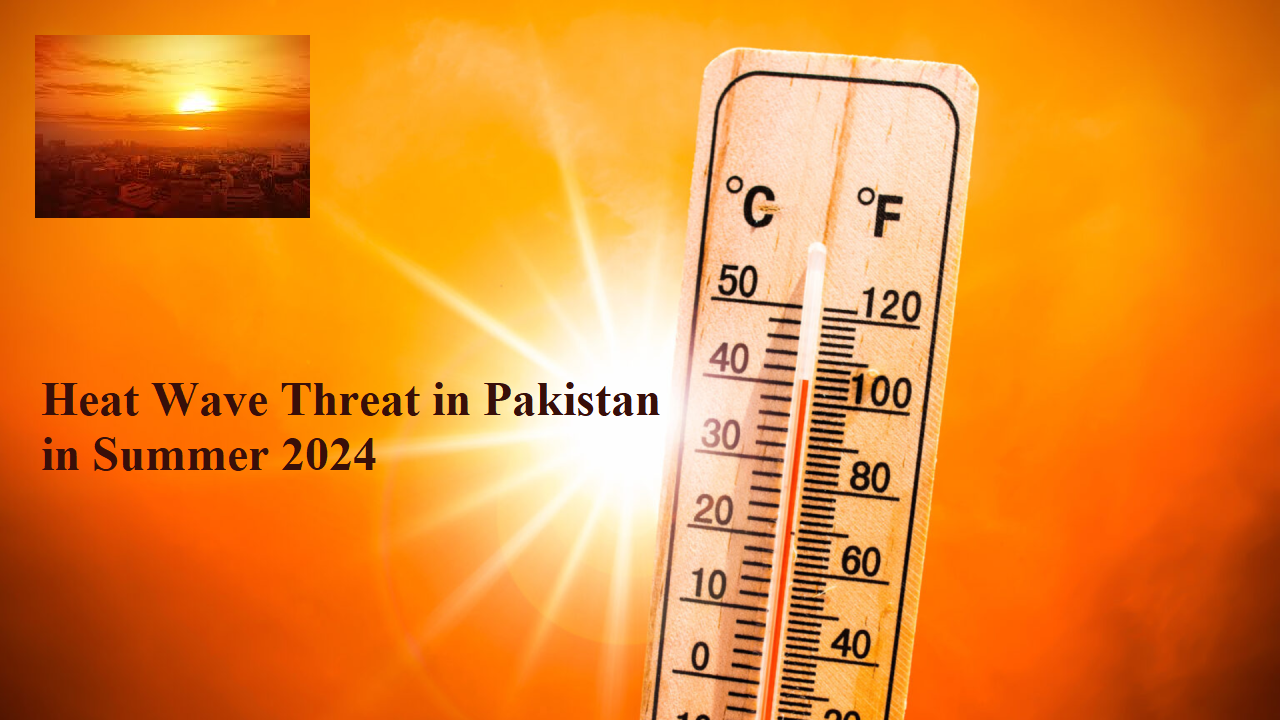Pakistan, is bracing for a potentially devastating heatwave in the summer of 2024. The city’s industrial and urban landscape, characterized by the proliferation of heat-trapping concrete constructions and a lack of tree plantations, has raised the odds of a severe heatwave. The heatwave risk is further exacerbated by the country’s failure to devise and implement a cohesive action plan in response to climate change. The heatwave risk in Pakistan, particularly in Karachi, is a pressing concern in the summer of 2024. The city’s urban landscape and lack of green spaces contribute to the heat crisis, which can have severe consequences for public health. Authorities and researchers are taking steps to prepare for and mitigate the effects of heatwaves, including advising the public on heat safety practices and investigating the impact of heat on vulnerable populations.
Causes and Consequences of Heatwaves
Heatwaves occur when the body can no longer regulate its temperature due to extreme heat, leading to a host of complications including confusion, loss of consciousness, seizures, and even death. Karachi’s urban planning, with 80% of its landmass lacking plantations, and only 21% of its area covered with trees, contributes significantly to the heat crisis. The city’s air quality is also unhealthy, with pollution levels on the rise, which exacerbates high temperatures.
Preparations and Response
The Pakistan Meteorological Department has warned of daytime temperatures 3-5°C above normal for the time of year, with maximums of over 40°C likely across parts of the country. Authorities are advising the general public to avoid unnecessary exposure to direct sunlight, and farmers are advised to manage the watering of crops. The National Disaster Management Authority (NDMA) has outlined guidelines for dealing with heatwaves, including staying informed, staying hydrated, dressing appropriately, and avoiding sun exposure.
Vulnerability and Mitigation
Vulnerable groups such as the elderly, children, and those with pre-existing health conditions are at heightened risk during heatwaves. The socio-economic disparities exacerbate the impact, with marginalized communities often lacking adequate resources to cope with extreme heat. Proactive measures can be taken to mitigate these risks, including raising awareness about heat-related illnesses and promoting heat safety practices.
The Average Temperature in Pakistan During Summer 2024
The average summer temperatures in Pakistan in 2024 are expected to be in the range of 30-47°C, with June being the hottest month, followed by July and August. The arrival of the monsoon in July and August brings some cooling, but temperatures remain high across most of the country. In June, average temperatures range from 30°C to 45°C across most parts of the country, with some areas exceeding 45°C during heatwaves. Karachi and other southern cities experience extreme heat, with average highs of 43-45°C. July brings some relief with the onset of the monsoon season, but temperatures still remain high, ranging from 30°C to 43°C. The central and southern regions see occasional rainfall, providing respite from the scorching heat. In August, the monsoon continues, with average temperatures ranging from 28°C to 35°C. Rainfall is more frequent during this month compared to July.
To Escape from Heat Wave
Stay Cool and Hydrated
-
-
Arrange air circulation throughout your home.
-
Prefer to install box fans and ceiling fans to get fresh air to stay hydrate.
-
Take cool showers or baths and consume water was much as you can.
-
Maintain adequate hydration by drinking plenty of water and avoiding alcoholic beverages and caffeine.
-
Eat fresh foods that do not require using the oven or stove.
-
Seek Cooler Locations
-
-
Head downstairs as hot air rises and the upper stories will be warmer.
-
Visit public buildings with air conditioning during the hottest hours of the day, such as libraries, shopping malls, and movie theaters.
-
For a homemade “air condition.
-
Protect Yourself and Others
-
-
Wear lightweight, light-colored, loose-fitting clothing.
-
Avoid going out in the sun or heat when possible.
-
Check on family, friends, and neighbors who are at greater risk from the heat.
-
Be Aware of Heat-Related Illnesses
-
-
Recognize the symptoms of heat-related illnesses like heat cramps, heat exhaustion, and heatstroke.
-
Ensure pets have plenty of cool water and consider giving them a cool bath or shower to help keep their body temperature down.
-

